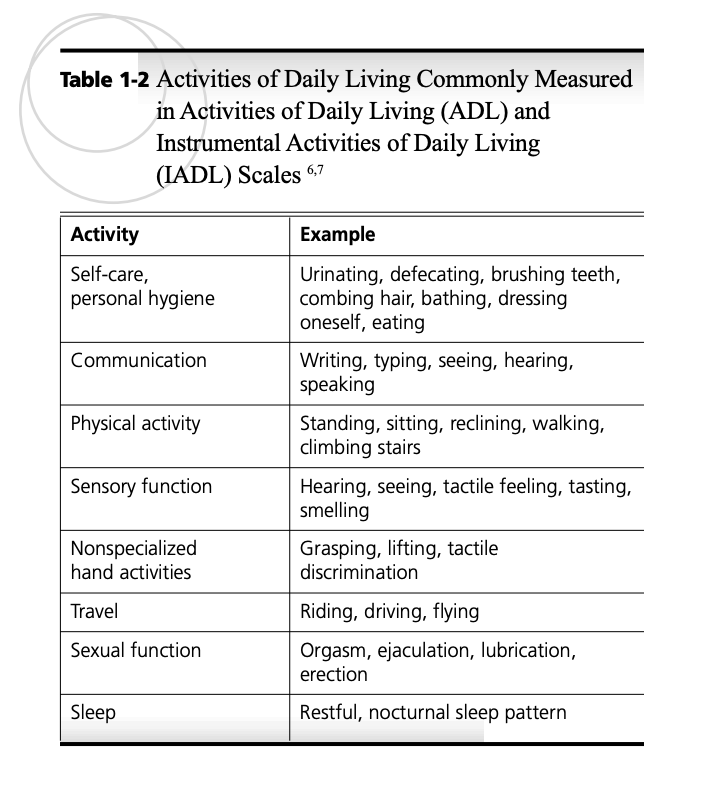We’ve spoken at length about the pure lack of educational material for doctors writing impairment ratings in California workers’ compensation.
Workers’ comp professionals who are learning the work comp rules by themselves have to determine for themselves what is and what aren’t crucial points in the work comp process. While we can definitely make the argument that everything is a crucial point in workers’ compensation, there aren’t enough hours in the day to do so.
They say that 20% of the work often covers 80% of the job, so we’ve put together this list of the 8 crucial points to remember throughout the course of your workers’ comp claim.
1. Any knowledgeable observer can check their findings against the AMA Guides
QMEs (qualified medical examiners) exist to create and/or check the findings of a PTP (primary treating physician) for accuracy in their impairment rating. This puts the QME in the place of validating PTP ratings at time, and it puts these findings into the hands of the PTP’s peers and other work comp professionals to validate and cross check for consistency from two “observers”.
While a QME will be taken more “seriously “in court for a work comp claim, the opinion of a workers’ comp professional who is not directly involved with the claim may be taken into consideration if the professional is reputable and the findings are valid.
Another point to make is that the opinion of a QME or other professional may not be completely in line with the AMA Guides. Sometimes the opinion of a QME is not the one accepted by a judge after all. There is a concept of “substantial medical evidence” e.g. which report is more convincing based on history and exam, that report will become the report of settlement.
2. There is a 1:1 relationship between ADLs and WPI
This should be written on the cover of the AMA Guides. It should be written on the scrolls held by two doves on every workers’ comp certification.
From the AMA Guides: “For example, an individual who receives a 30% whole person impairment due to pericardial heart disease is considered from a clinical standpoint to have a 30% reduction in general functioning as represented by a decrease in the ability to perform activities of daily living.” Page 5. If one of these numbers does not match the other, then it signals the stakeholders that (at least) one of these numbers is incorrect, and there’s further work to do on the report.
3. WPI is the estimate of ADL loss
“Impairment percentages or ratings developed by medical specialists are consensus-derived estimates that reflect the severity of the medical condition and the degree to which the impairment decreases an individual’s ability to perform common activities of daily living (ADL), excluding work.”
The above point is so important that we need to elaborate on it. WPI is designed to “reflect” the loss of “Activities of Daily Living”. A professional may review a report and make an estimation based off of the affected ADLs. If the PTP’s original WPI is incongruous with the functional loss from the ADLs, again, the report needs clarification for settlement purposes.
4. Know what WPI is
A broken bone may not heal back to the way that the bone was prior to the injury, but there is a point where the patient’s body has decided that it has healed to its greatest extent. When the patient’s body and the physician are in agreement, the patient has reached MMI (maximum medical improvement) and the claim is ready for impairment rating.
WPI is the measurement of how much the injury permanently affects the body (function e.g. ADL loss) after it has reached MMI. If the patient has reached MMI and has a permanent limp with objective underlying pathology, they (may) have 20% WPI or greater.
0% WPI is a very specific case where the patient who has reached MMI feels exactly like they do before they were injured e.g. no ADL functional loss. This should be unambiguous, but still there are many claims which reach 0% WPI when they should be anything but 0%. If there are any lingering effects of the work comp injury following MMI, the injury is not 0% WPI.
Here’s the AMA Guides 5th Edition definition of 0%WPI. In fact, 0%WPI is the most difficult rating value to achieve in the book. Here’s all the requirements: “A 0% whole person (WP) impairment rating is assigned to an individual with an impairment if the impairment has no significant organ or body system functional consequences and does not limit the performance of the common activities of daily living indicated in Table 1-2.” Section 1.2 Page 2.
5. Page 4 table 1.2 Know your ADLs (Kind of a big deal)
Let’s say you’ve taken into account some of your patient’s ADLs. Particularly that the patient feels pain when sitting. If you forget to ask how they feel when, for example, sleep and/or have sexual activity, they may forget to tell you that “Oh doc, it’s complete agony!” That small piece of information could alter the settlement of the claim.
There are dozens of ADLs, so it’s understandable why a PTP may forget one or two of them throughout the course of the day, but that’s why the ADLs, which the foundation of the AMA Guides 5th Edition. Take home: Know your ADLs! (Table 1-2 page 4).
6. Interpolation: When to average
The AMA Guides use interpolation and impairment average weighting methods which are described and illustrated in multiple sections throughout the AMA Guides 5th Edition (References: Interpolation: Pages 20, 453, 455, 456, 457, 459, 460, 461, 462, 463, 464, 466, 467, 468, 470, 471, 472, 474, 475, 476, 478, 538, and 549; Impairment average weighting: Pages 284, 289, 296 and 328). The rating value in this report is calculated by using the trapezoidal numerical method of loss under the injured worker’s ADL curve with an integral function using interpolation (y = y1 + ((x – x1) / (x2 – x1)) * (y2 – y1). The upper bound of the maximum value of the body system/body part is referenced in the PR-4 Report. This means when there is a range of values, the ADLs will serve as your guide to selecting the correct value in the range. Example: “Using the impairment criteria within a class and knowing the activities the individual can perform, the physician can estimate where the individual stands within that class” page 5.
To borrow a quote from the 80s classic movie Fast Times at Ridgemont High, “Learn it. Know it. Live it.”.
7. The “10% Rule”
If you are calculating the functional loss based off of the patient’s ADLs, and the WPI is different than the calculated functional loss, this may or may not become a problem when the insurance adjuster is looking at the submitted impairment report. Biologic measurements vary and the AMA Guides 5th Edition understands this. Page 20 has built in this variance with the instructions: “Two measurements made by the same examiner using the Guides that involve an individual or an individual’s functions would be consistent if they fall within 10% of each other.”
8. Almaraz Guzman isn’t magic, It should be intuitive by now.
Sometimes the physician crosses every “t”, dots every “i”, and the WPI is not within 10% of the patient’s calculated functional loss. This is a case where the PTP feels the patient’s functional loss outlier beyond the “four corners” of The AMA Guides 5th Edition.
In this case, the PTP has the right to invoke Almaraz-Guzman. Almaraz-Guzman was a monumental court ruling which deems that final impairments which differ from the calculated WPI from the AMA Guides may be accepted if the PTP can show why the claim differs.
This is truly a powerful ruling for California work comp, as it loosens much of the direct adherence to the AMA Guides 5th edition, a book that is almost 20 years old.
Hint: The ADL functional loss will show you the boundaries of The Guides.
Conclusion
For any physician not already using them, using any (or all) one of these points in your practice will dramatically improve the accuracy and results of your workers’ compensation claims. We know from experience, our company knows these principles like the back of our hand, and we successfully apply them to the reports that we write, with great results.
Up your PR-4 game now! Try implementing all 8 of these points into your daily work comp routine. Don’t have time? Give RateFast Express a try instead!

